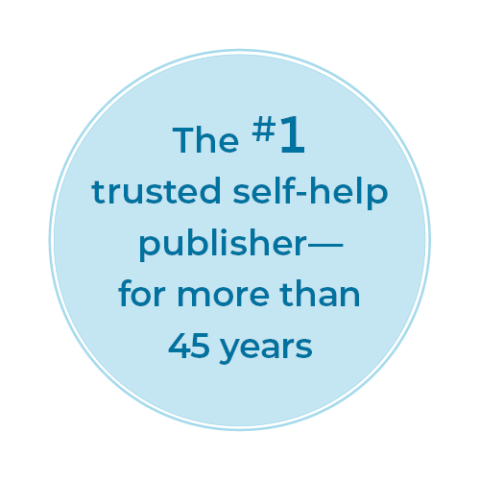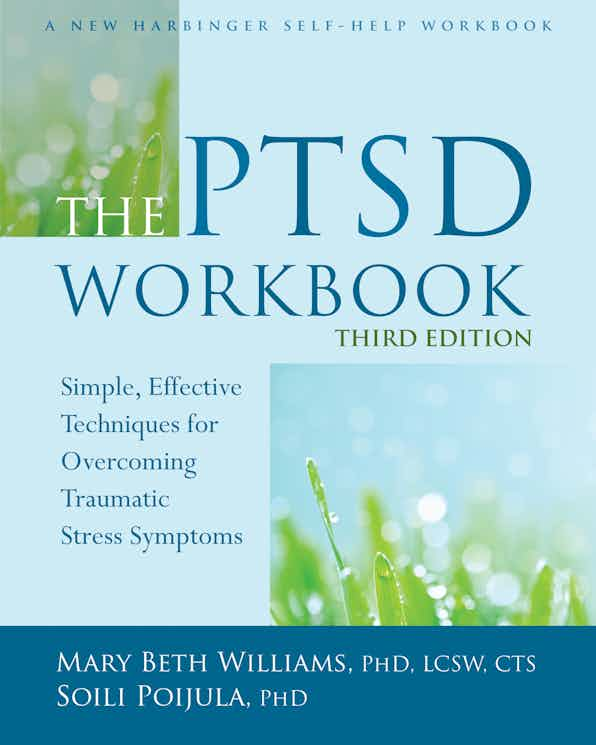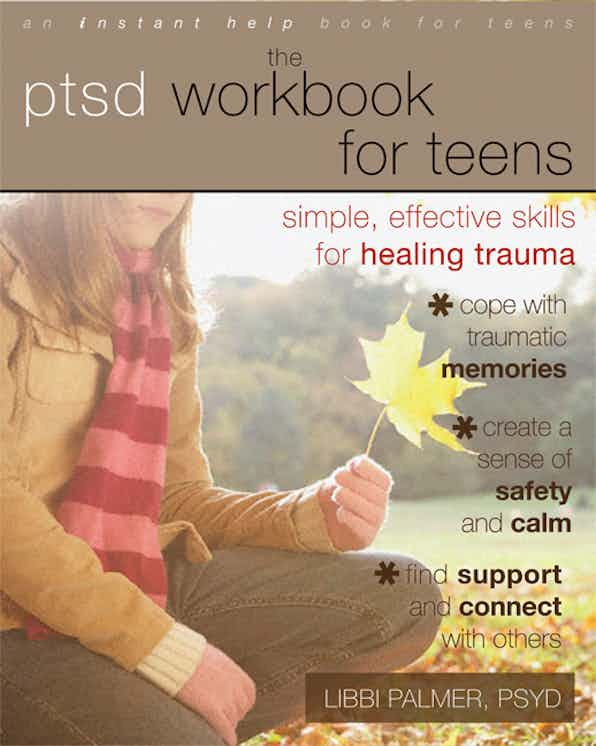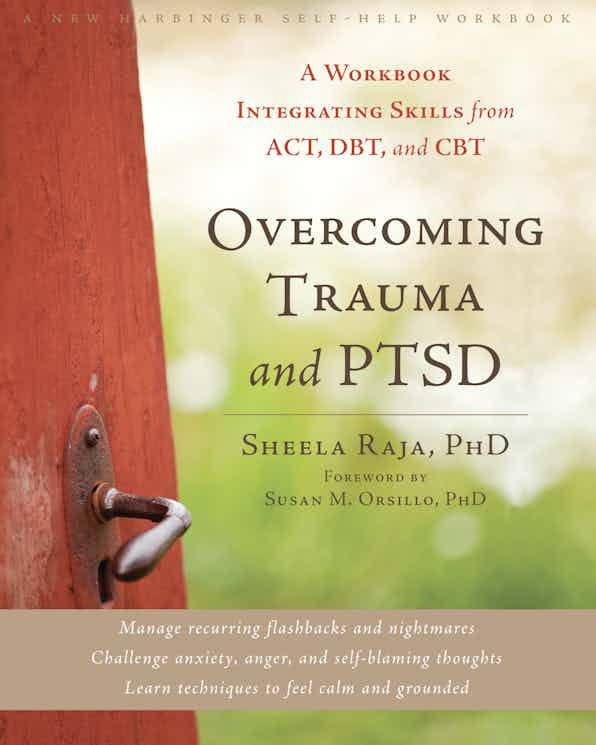Step 1: Conduct an Assessment and Provide Education
The first step in the cognitive behavioral treatment for PTSD is to conduct an assessment of the person’s symptoms in order to verify that he or she is struggling with PTSD and not some other similar problem. Once people have been diagnosed with PTSD, it’s also important that they understand the basic nature and causes of the problem (as highlighted above), as well as the demands of the treatment for PTSD, particularly that CBT is an interactive treatment that requires them to do work outside of the therapy session.
Step 2: Develop Emotion-Focused Coping Skills
The second step of the treatment is to teach the person specific skills to cope with overwhelming emotions that might arise during later stages of treatment. The two skills taught are an eye-movement technique and relaxation skills. The eye-movement technique involves imagining a moderately distressing memory and then moving one’s eyes from side to side, at the rate of about two back and forth movements per second, for twenty to thirty seconds. The eye movements can be done either with eyes open, following the therapist’s fingers from side to side, or it can be done with the eyes closed. The left to right eye movement has been shown to “break up” the memory and make it harder to remember, which also reduces the anxiety associated with the memory.
Four different relaxation skills are also taught. All of these techniques include focusing on slow, rhythmic abdominal breathing, which often produces a feeling of calmness.
The first relaxation skill that’s taught is progressive muscle relaxation. It involves a seven-second tightening and releasing of specific muscle groups from head to toe, with emphasis on noticing the difference between the tense feeling and the relaxed feeling.
The second relaxation skill is learning how to release muscle tension without first tensing the muscles. This is done by focusing attention on the muscles and visualizing the tension being released.
The third skill is cue-controlled relaxation, in which a person is taught to relax his or her body by saying a relaxing word, such as “peace” or “relax,” with each slow exhalation.
And, finally, the fourth relaxation skill is special-place visualization. This skill teaches the person to envision a place of safety and comfort in his or her imagination. The person can go to this “mental safe place” during the PTSD treatment if he or she is overwhelmed by distressing feelings.
Step 3: Develop Assimilation and Rational-Thinking Skills
The third step of the cognitive behavioral treatment for PTSD is to learn further coping skills that must be practiced before engaging in the exposure exercises. Part of the reason why traumatic events remain so haunting is because they often cause people to doubt the safety of the world, as well as their own actions at the time of the events. People with PTSD often think that their actions during the traumatic experience weren’t “right” or “correct” and therefore somehow caused the trauma or made it even worse. The assimilation process allows the person to differentiate between what was “right” and what was reasonable when the trauma took place. This is accomplished by recalling specific sensory and visual details of the trauma, as well as thoughts and worries, such as “It was my fault.” Then the person engages in a rational reframing of the situation by exploring whether another reasonable person would have behaved and reacted in a similar way. This allows people to stop blaming themselves for the trauma and recognize that they acted in much the same way as any other reasonable person would have. Typically, people in this stage create positive coping statements for themselves, such as “I did the best that I could in such a horrific situation.” Statements like these are very important in the next step of the treatment.
This step of the treatment might also include writing and journaling about the thoughts, feelings, and memories surrounding the traumatic event and applying the person’s rational thinking process to the story.
Step 4: Engage in Brief Exposure Exercises
The fourth step of the cognitive behavioral treatment for PTSD is using brief exposure exercises to lessen the distress of the traumatic memories. Exposure means confronting a memory or situation without avoiding it or running away from it. In the first type of exposure work, the person uses his or her imagination to recall traumatic memories while simultaneously using coping skills to reduce feelings of distress. The goals of this work are to help people challenge themselves without being overwhelmed and to practice applying the stress reduction and assimilation skills. Brief imaginal exposure begins with the person using relaxation skills before recalling details of the trauma. Then the person recalls the self-defeating thoughts associated with the trauma. And, finally, the person uses one of the previously learned coping strategies to lower his or her level of distress. Once people have mastered this process using imaginal exposure, they can safely begin exposing themselves to feared or avoided situations in real life, using the same coping skills.
Step 5: Engage in Prolonged Exposure Exercises
The fifth step of the cognitive behavioral treatment for PTSD is to engage in prolonged exposure exercises. The purpose of these extended exercises is to help people desensitize themselves to the emotions associated with the traumatic memories and triggering situations. Prolonged exposure is similar to brief exposure in that the person is instructed to imagine memories of the event, the associated self-defeating thoughts, and physical sensations of anxiety, raising the person’s distress level to a moderate range. However, instead of using the eye-movement technique and the other relaxation skills, during prolonged exposure the person only uses rational coping thoughts to deal with distress. And as in the previous stage of treatment, after the person has learned to cope with imaginal exposures, he or she can safely begin confronting feared or avoided situations in real life for a prolonged period of time using the same coping skills.
Step 6: Prevent Relapse
Finally, the last step of the cognitive behavioral treatment for PTSD is preventing relapse after treatment is complete. The key to relapse prevention is for the person to continue using the cognitive and behavioral skills learned in treatment and to recognize the early signs of returning PTSD, such as avoiding feared situations, in order to take steps to prevent relapse.






